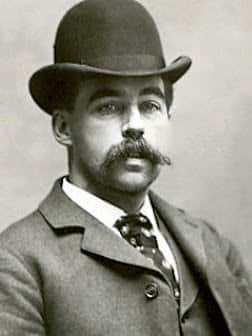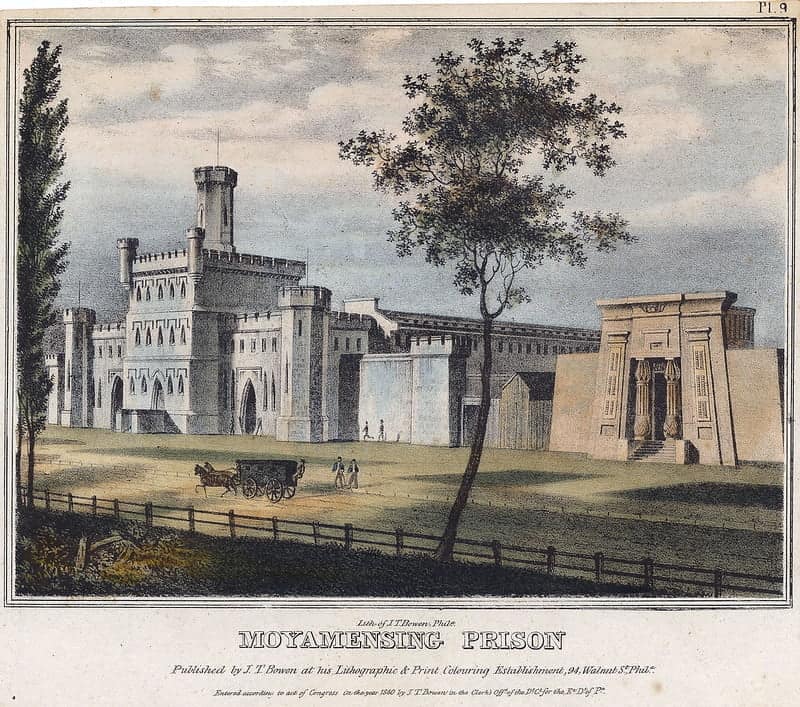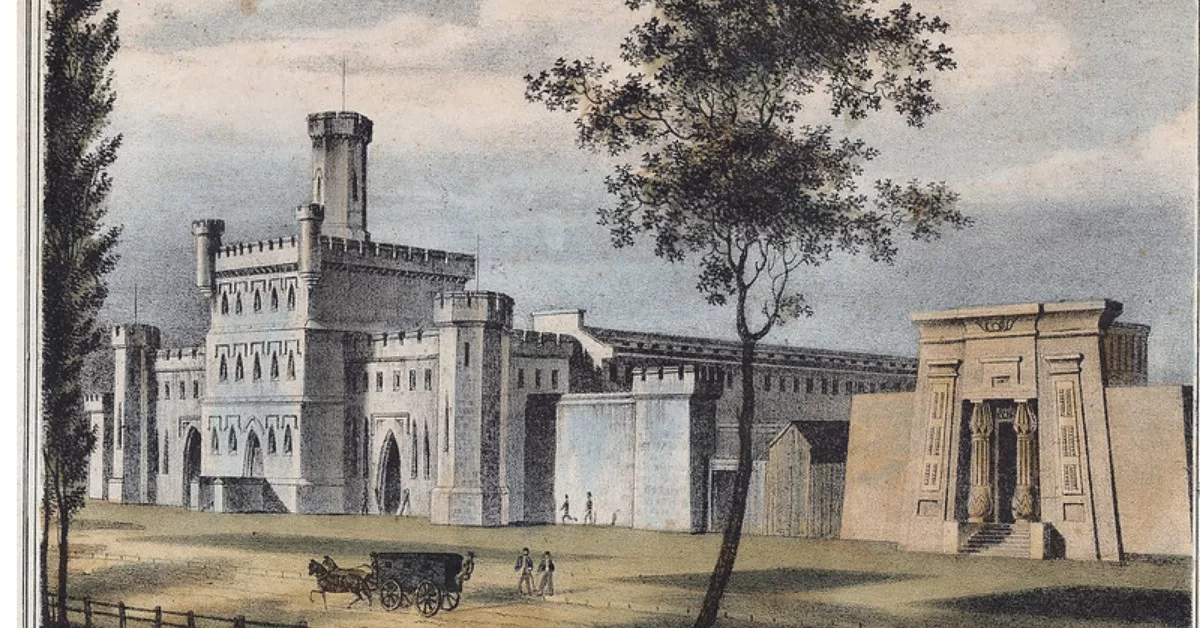Book Review: “The True History of the White City Devil” by Adam Setzer
Introduction
America has a fascination with true crime. Police serials and crime documentaries dominate cable and streaming services. People revel in the sordid details; the more lurid the story, the better.
Interestingly enough, psychology offers some answers about our attraction to this topic. Jess Scherman, writing for Rasmussen University, lists four reasons we are obsessed with true crime:
- Our curiosity about what drives people to commit unspeakable, unthinkable crimes
- It appeals to our sense of justice
- True crime triggers innate feelings of fear
- Our survival instinct kicks in1Jess Scherman, “The Psychology Behind Society’s True Crime Obsession,” Justice Studies blog, Rasmussen University, accessed 5/12/2021, https://www.rasmussen.edu/degrees/justice-studies/blog/true-crime-obsession/.
Media outlets often focus on the most compelling details of a crime that make for the most interesting reading. Sometimes, they report the facts in a relatively objective way, depending on the source. In others, however, media can exaggerate or blatantly fabricate details in order to tell a more compelling story.
The late nineteenth century saw a notorious character make newspaper headlines across the country: H.H. Holmes. Holmes, a mild-mannered man with a medical background, became known as the “White City Devil”. The legends go that he built a “murder castle” in the Englewood neighborhood of Chicago in the 1890s. There, he lured in the innocent where he proceeded to off them in horrific ways. That is, of course, if you choose to believe the sordid tales.
In H.H. Holmes: The True History of the White City Devil, author Adam Selzer crafts a comprehensive overview of H.H. Holmes, from his early beginnings and the crimes he committed all the way to his death in Pennsylvania and the growth of the legend that surrounds him to this day.
Historical Context
The Early Life of H.H. Holmes
H.H. Holmes was born Herman Webster Mudgett, the son of Levi Horton Mudgett and Theodate Page Price. His birth occurred in Gilmanton, New Hampshire, on May 16, 1861. His parents were seemingly quite decent people, and Selzer notes that “if his parents were anything other than upright, respectable citizens, no one at the time wrote it down” (p.18). He married the likeable and pleasant Clara Lovering on July 4, 1878, when they were both seventeen. Their son Robert followed while Holmes worked as a clerk at a relative’s grocery store.
H.H. Holmes’ true passion, however, laid in medicine. He apprenticed under a Dr. Wight for a year before enrolling in school in Burlington, Vermont. Following a year there, he moved to the Midwest to study medicine at the University of Michigan in Ann Arbor in 1882. In 1884, Clara and her son moved back to New Hampshire when her marriage to Holmes deteriorated. During this time, he would indicate later during his murder trial, he defrauded life insurance companies with cadavers.
Following his graduation, Holmes worked in Pennsylvania before moving to Chicago. It was at this point in his life when Herman Mudgett began using his famous pseudonym, Henry Howard Holmes.

H.H. Holmes in Chicago and Beyond
Most people know Holmes as the man who built a “murder castle” in Chicago. From there, the tales spiral into tantalizing tendrils of fact and myth, and it’s hard to parse out what is fact and what is fiction. Here are some of the details that are considered true:
- Holmes was a trigamist, having married Myrta Belknap and Georgiana Yoke in addition to his first wife Clara.
- He purchased a drugstore owned by Elizabeth H. Holton and her husband. He had worked there and was considered a good employee. Rumors swirled he had murdered the couple, but this was verified as a myth. The Holtons survived well into the twentieth century.
- Holmes purchased a vacant lot across the street from the drugstore. Construction on a multipurpose building began in 1887. The building contained various stores, apartments, and other rooms, hidden passages, sealed chambers, and other strange features. A third level was added in 1892 in anticipation as a hotel for, Holmes claimed to suppliers and investors, the World’s Columbian Exposition.
- A jury convicted Holmes of killing his associate, Benjamin Pitezel. For this crime, a judge sentenced him to death by hanging. Evidence also surfaced that proved he killed three of Pitezel’s children: Alice, Howard, and Nellie. Nine total victims have been attributed to him, though it’s possible he killed more. We just don’t know for sure.
- Holmes was executed at Moyamensing Prison in Philadelphia on May 7, 1896.

Yellow journalism planted the seed for the legend of H.H. Holmes until it sprouted and blossomed into the phenomenon we know today. The Public Domain Review offers a brief but enjoyable overview of yellow journalism, a term it calls “the ‘fake news’ of the nineteenth century.”
Review
Overall
To be honest, I was not sure what to expect when I first started reading this book. True crime biographies sometimes undercut the truth in order to focus on the more sensational details. With The True History of the White City Devil, however, I did not find this to always be the case. Relying on newspaper accounts of the day as well as more current books on H.H. Holmes, Adam Selzer offers a surprisingly objective view on his subject. And, it’s clear that he knows his material well. After all, Selzer offers in-person and virtual tours in Chicago about H.H. Holmes and other mysterious places. He’s also appeared on The History Channel and The Travel Channel in several history programs.
On the whole, The True History of the White City Devil is a highly readable and comprehensive overview of one of history’s most dastardly and fascinating villains.
What’s History and Holmes Without a Little Snark?
Selzer is known for his witty, smart-alecky, and informative tone in his tours and his written works. This rings true in this book as well. Every so often, he sneaks in commentary about the topic he’s currently writing about. For instance, in relating an altercation between Holmes and a roommate, Selzer writes, “This battle over mustache wax may be the most delightfully Victorian bout of fisticuffs ever recorded” (p. 24). Or, he describes the appearance of a criminal named Johann Hoch as “look[ing] like the man on the Pringles can and spoke like a German character on The Simpsons” (p. 508). Remarks like this pepper the narrative, adding a modicum of levity about an otherwise dismal subject.
The author also does a respectable job of cutting through the Holmes legends. I quite appreciated his approach to his research. He’s not under the illusion that sources are infallible or that period newspapers always offered up the objective truth. Selzer does occasionally, however, lean into the legend, as exemplified in his remarks on a vault where Holmes supposedly killed some victims:
The third-floor vault [in Holmes’ castle] was installed very shortly before Holmes left the building, and none of his known victims are likely to have been killed in it, but it’s hard to imagine any practical use for making a vault soundproof except to drown out screams (p. 322).
One might arguably find other uses for such a vault, but that’s neither here nor there. The fact remains that Selzer has crafted what could be the most balanced biography of H.H. Holmes yet. Meticulously researched, brilliantly written, effectively argued, The True History of the White City Devil is one true crime story you won’t want to miss.
Book Summary

Title: H.H. Holmes: The True History of the White City Devil
Author: Adam Selzer
Publisher: Skyhorse
Publication Year: 2017
Page Count: 619pp (eBook count); 519pp (print count)

